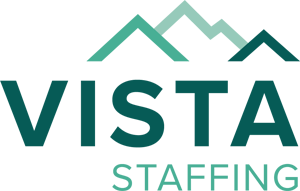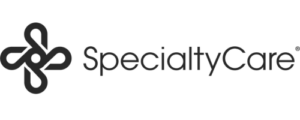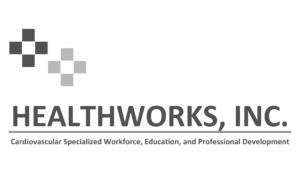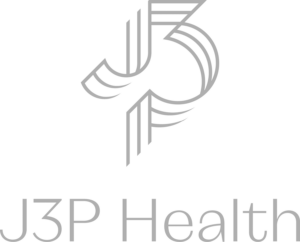WOW… what a year it has been! And still is in some areas of the country, unfortunately. As many organizations rebound from the devastating and challenging impact of COVID on their communities and hospitals, others are still facing daunting prospects for the future of this pandemic. Increases in cases from the Delta variant, along with areas suffering from a significant rise due to low vaccination rates, pose continued struggles within our healthcare industry today.
The effect of burn-out on weary caregivers—physicians, bedside nurses, and ancillary support—is surfacing to create staffing challenges across the country. Surgical and procedural volumes are rebounding, but at a pronounced variable pace market-to-market or region-to-region.
The challenge for healthcare leaders of today is not letting this and other cases of industry turmoil and uncertainty lead to institutional paralysis. Proactive service line leaders and caregivers must focus on the realities of providing excellent patient care in a world where things are not black and white. In fact, it is our collective ability to live in the “grey zone” that will predict success in leading programs into the future, no matter how uncertain it may be.
One thing IS certain, however…there will be continued focus on outcomes (quality and cost), ongoing reimbursement pressures, and much scrutiny and debate about healthcare spending.
For instance, through COVID, organizations quickly adopted telehealth across a variety of service offerings. Now that the initial and severe lock-downs of the early phases of the COVID pandemic are over, there is much speculation as to whether continued funding for telemedicine will be available. These questions arise in the wake of significant acceptance from patients and surprising enthusiasm for the technology-assisted patient visits from physicians. Only time will tell as the reimbursement picture gets clearer as to more widespread and ongoing acceptance of this care delivery method.
Although the healthcare “swirl” of information and opinion can be distracting, leading organizations find a way to focus. In Corazon’s experience, a solid strategic plan can provide this focus, along with a clear direction for a service line to move forward despite the varied industry challenges. But, to be successful, this plan must be actionable with assigned accountable parties and target timelines for implementation. Elements of the plan should revolve around the principles of care, margin, and volume.
The focus on care is essential, with the patient as the centerpiece of each discussion. Quality, safety, satisfaction, and the overall patient experience have come front-and-center in the new healthcare climate. These factors should be the focus of any and all planning efforts, and guide the decisions made each and every day.
To provide this patient focus, credible data must be readily-available to administrative and physician leadership. Important quality indicators, along with clinical and cost outcome parameters should be defined for each specialty area across the service line continuum of care. Dashboards that provide both a high-level snapshot of performance and the ability to drill-down to the details related to a particular element are critical to success. Performance improvement targets should be set and communicated. Regular forums for administrative and physician review must be hard-wired into the service line infrastructure to assure a consistent and rigorous approach to program oversight and performance improvement.
As our team interfaces with service lines across the country, we find that many spend significant time and financial resources to participate in national databases and/or subscribe to benchmarking services. But, we also find that a majority of these programs tend to miss opportunities available through this information. The investment in data management can only be realized when the data is evaluated and used as the basis for an actionable performance improvement plan. Ultimately, using the data to inform performance improvement and also communicating the results to key stakeholders effectively will do much to increase both leadership and staff engagement in these efforts.
A data-driven focus on quality must be at the core of every program.
Certainly, data can provide clarity to clinical and cost issues, and it is also an important element in understanding market dynamics…which can point to growth opportunities and threats. Corazon encourages you to let data be your guide—something to lead you out of the uncertainty of the grey zone. And while nothing is ever completely black and white, especially in our ever-changing industry, the power of information can help steer us closer to a clear and objective “black and white” picture of program success.

 company
company 
 (412) 364-8200
(412) 364-8200



























